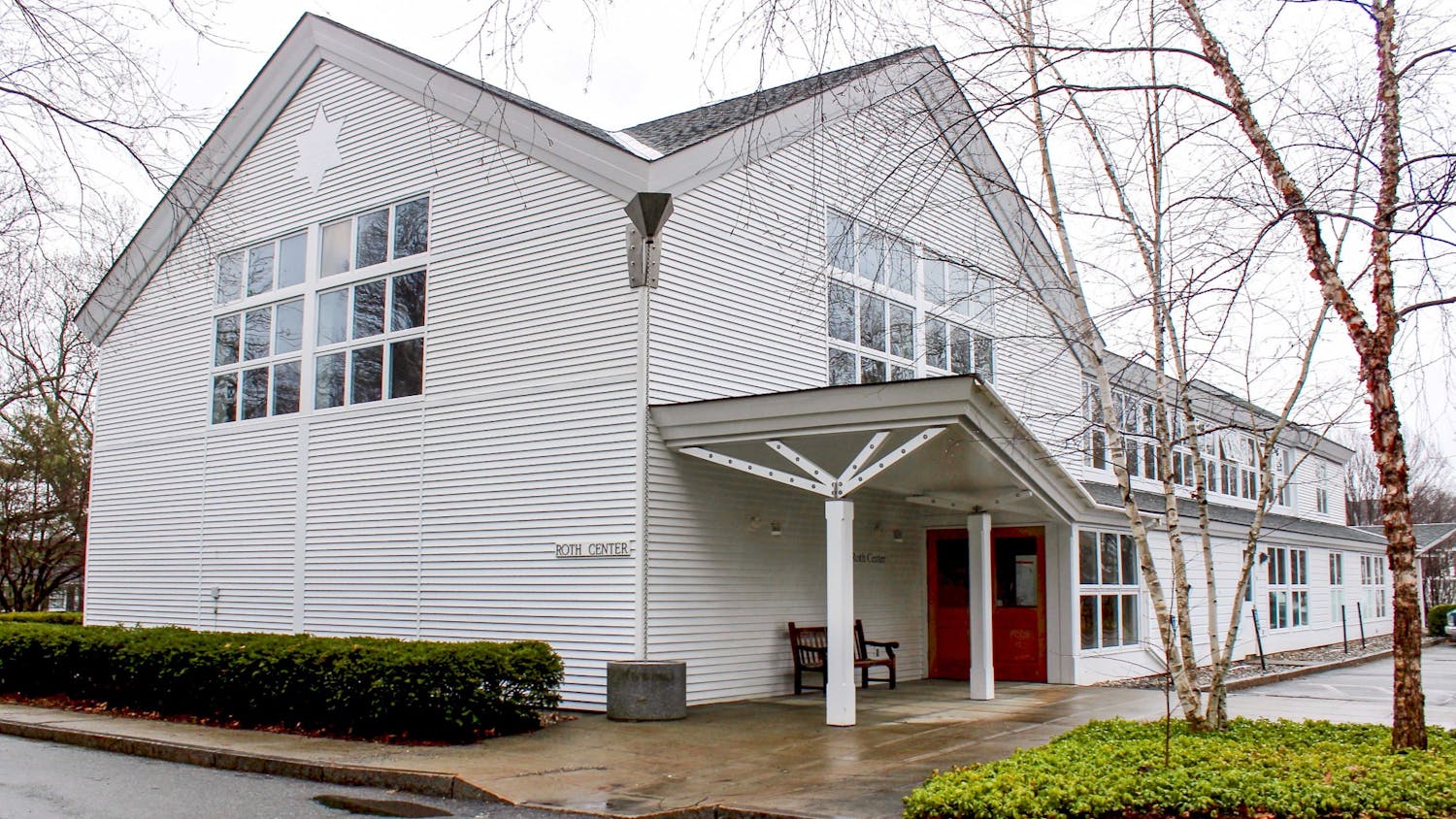A new human-centered design minor, approved last week by the Committee of Chairs, will launch this fall. Sponsored by the engineering sciences department, the interdisciplinary minor aims to incorporate knowledge, research and innovation from various disciplines to address human needs. Thayer School of Engineering professor Peter Robbie and computer science professor Lorie Loeb will serve as faculty advisors.
Robbie said students in his design thinking class inspired him to pursue establishing the minor.
“The minor will prepare students for the kind of problem-solving challenges they are going to face in professional settings,” Robbie said.
Human-centered design, Robbie said, has recently become a dominant branch of engineering sciences. In the past, he said, engineering was focused on technology, but improving how humans interact with technology and creating products that fit human needs has become increasingly important.
“The main purpose of creating the minor is to create a structure where students can learn the process of design, which is a method of analyzing the world and creating a framework for assessing what is needed,” Loeb said.
Cognitive science major Shreya Indukuri ’16, who plans to pursue the minor, said that the minor will allow many creative students to pursue a passion in this type of design.
The six-course minor is divided into three sections. The first is composed of two prerequisite design foundation courses, design thinking and introduction to engineering, which Robbie said will give students a foundation of problem-solving skills.
The second section is composed of two parts, labeled ethnographic methodology and human factors. The two electives that make up the section are selected from options in the anthropology, sociology, geography and psychology departments.
The ethnographic methods portion aims to teach students how to study how people interact with their environments, through methods of observation, asking questions and analyzing data, Loeb said.
The human factors portion aims to teach students the principles of psychology to find the best ways to design products, equipment, services and systems for human use, Robbie said.
The third section focuses on design and will allow students to pursue areas of personal interest, Robbie said. The section’s two courses can be from the engineering, computer science, film studies, public policy or studio art departments.
The minor’s approval was a two-year process, Robbie said.
If a student feels that one of the minor’s classes does not suit his or her interests, he or she may be able to substitute a different class after meeting with a faculty advisor and submitting a written petition, Robbie said.
Christopher Jung ’14 said he plans to pursue the minor because he is interested in learning how to apply an understanding of human behavior to designing creative solutions that fit users’ needs.
“I am passionate about design and solving problems, so this type of opportunity is really valuable,” Jung said.
Students will be able to declare the minor online by the end of summer term, Robbie said.
New minors are often interdisciplinary, including the sustainability minor launched in 2010 and the digital arts minor developed in 2010. The Dickey Center also created a global health certificate in 2011 and an international studies minor in 2009.



